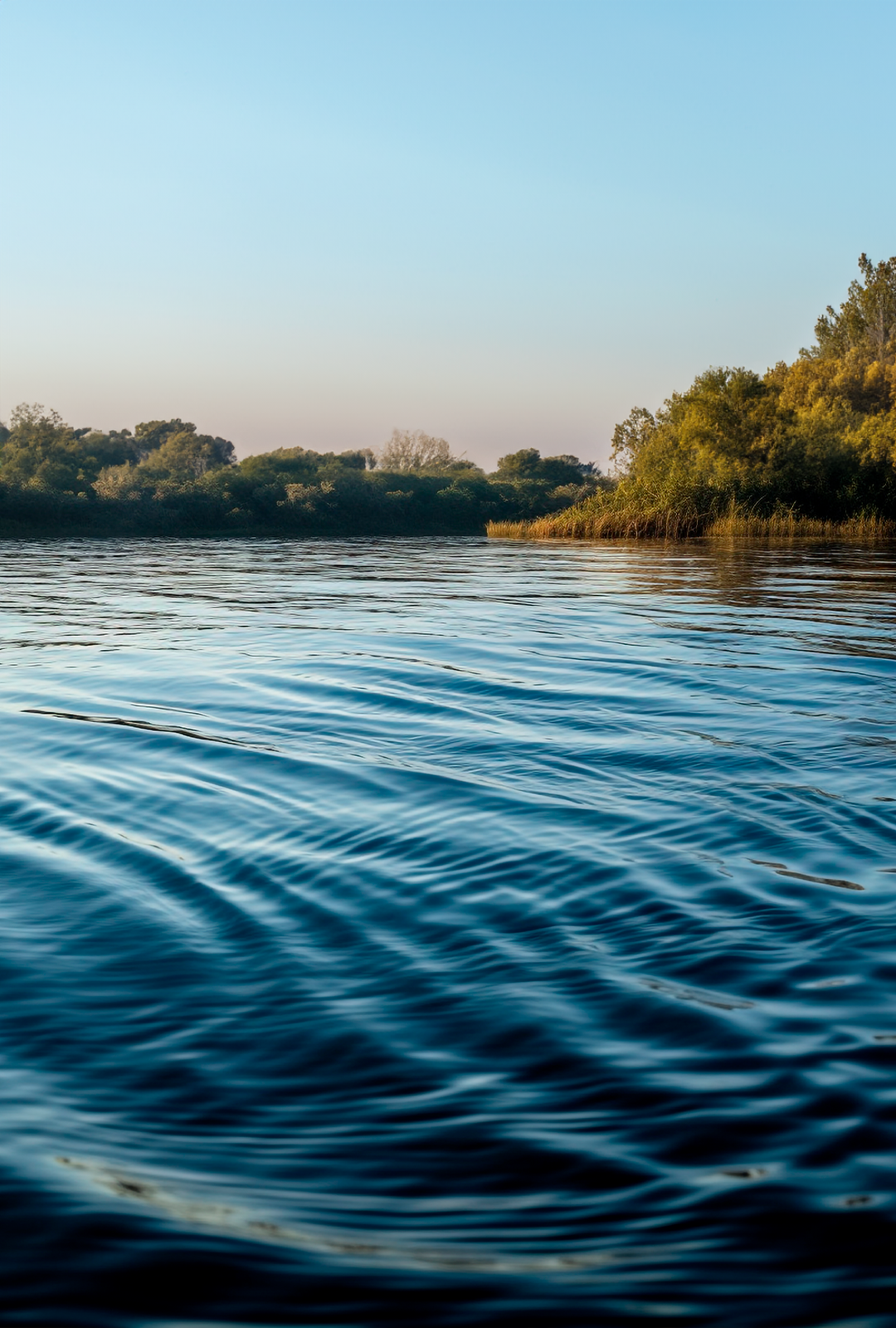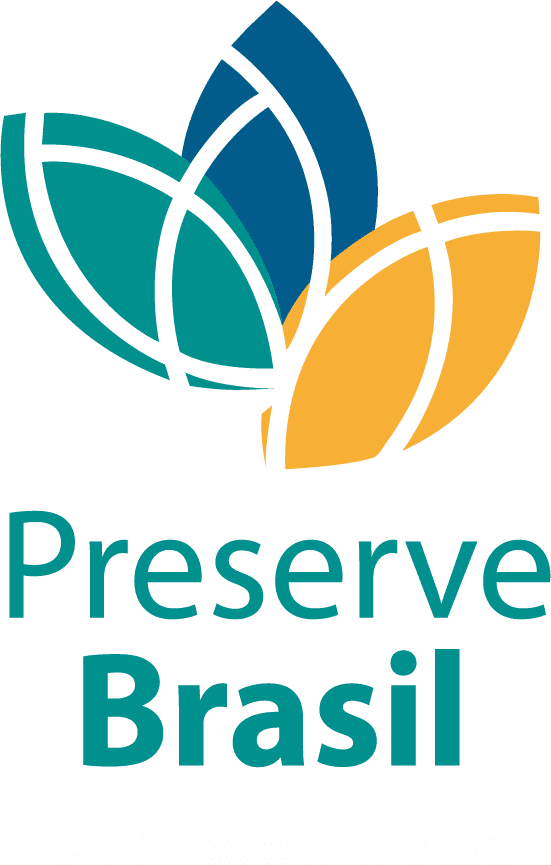The program Brazil's springs tem a missão de combater as mudanças climáticas e seus impactos, ao enfrentar os desafios de preservar e conservar os ecossistemas relacionados com a água, com destaque para os rios, aquíferos (incluindo termais), nascentes, lagos, zonas úmidas, dentre outros cursos d´água e corpos d´água.
Tem por objetivo promover a segurança hídrica, a partir de ações voltadas à defesa, recuperação e proteção dos recursos hídricos, de forma a assegurar a disponibilidade de água de qualidade, em quantidade suficiente para satisfazer as necessidades humanas, o suprimento de água para atividades produtivas e usos múltiplos, a preservação de ecossistemas e da água, em benefício da humanidade, e a resiliência ambiental a eventos extremos, como secas e inundações.
The program Mananciais do Brasil will promote research and development initiatives, committed to solve humanity’s greatest challenges, tendo em vista reforçar a resiliência e a capacidade de adaptação a riscos relacionados ao clima e às catástrofes naturais; ainda, a conscientização socioambiental e a defesa, preservação e conservação dos recursos hídricos, invariavelmente ameaçados pelas mudanças climáticas e pelas ações humanas: desperdício e uso indiscriminado da água, ocupação urbanas desordenadas, extração mineral e exploração extrativista ilegal e/ou predatória da flora.
Aiming to guarantee the sustainability of its projects in the long term, the Program Mananciais do Brasil disponibilizará acompanhamento e suporte à manutenção e desenvolvimento dos mesmos, com base nas melhores técnicas e informações científicas disponíveis, a fim de assegurar a qualidade e a disponibilidade da água para as presentes e futuras gerações.
The program Brazil's springs será implantado em regiões de stress ou escassez hídrica das principais bacias hidrográficas brasileiras, em áreas críticas para a produção e conservação de água, bem como em regiões singulares por sua riqueza e exuberância natural e/ou inigualável e fundamental importância para a humanidade.
Destina-se à proteção e/ou recuperação de áreas degradadas, alteradas e/ou ameaças pela ação natural e/ou antrópica, a partir do reflorestamento de matas ciliares e a implantação de obras de infraestrutura: galerias pluviais, retificação e canalização dos cursos d´água, dentre outras; tudo, consoante análise e avaliação do alcance socioambiental.
In its magnitude, the Program Mananciais do Brasil promoverá a divulgação dos valores e benefícios da sustentabilidade, as práticas de gestão sustentável e o uso eficiente da água e as técnicas de prevenção e defesa contra eventos hidrológicos.








12.2 Até 2030, alcançar a gestão sustentável e o uso eficiente dos recursos naturais.
12.8 Até 2030, garantir que as pessoas, em todos os lugares, tenham informação relevante e conscientização para o desenvolvimento sustentável e estilos de vida em harmonia com a natureza.
6.6 By 2020, protect and restore water-related ecosystems, including mountains, forests, wetlands, rivers, aquifers and lakes.
3.9 By 2030, substantially reduce the number of deaths and illnesses from dangerous chemicals, contamination and pollution of air and water.
15.1 By 2020, ensure the conservation, restoration and sustainable use of terrestrial and inland freshwater ecosystems and their services, in particular forests, wetlands, mountains and drylands, in accordance with obligations arising from international agreements.
15.2 By 2020, promote the implementation of sustainable management of all types of forests, halt deforestation, restore degraded forests and substantially increase afforestation and reforestation globally.
15.3 By 2030, combat desertification, restore degraded land and soil, including land affected by desertification, drought and floods, and strive to achieve a land degradation-neutral world.
15.5 Take urgent and significant measures to reduce the degradation of natural habitats, halt the loss of biodiversity and, by 2020, protect and prevent the extinction of threatened species.
15.8 By 2020, implement measures to prevent the introduction and significantly reduce the impact of invasive alien species on terrestrial and aquatic ecosystems, and control or eradicate priority species.
14.1 By 2025, prevent and significantly reduce marine pollution of all types, especially from land-based activities, including marine debris and nutrient pollution.
14.2 By 2020, sustainably manage and protect marine and coastal ecosystems to avoid significant adverse impacts, including by strengthening their resilience, and take action to restore them to ensure healthy and productive oceans.
14.5 By 2020, conserve at least 10% of coastal and marine areas, in accordance with national and international legislation, and based on the best scientific information available.
13.1 Strengthen resilience and adaptive capacity to climate-related risks and natural disasters in all countries.
13.3 Improve education, increase awareness and human and institutional capacity on climate change mitigation, adaptation, impact reduction and early warning.